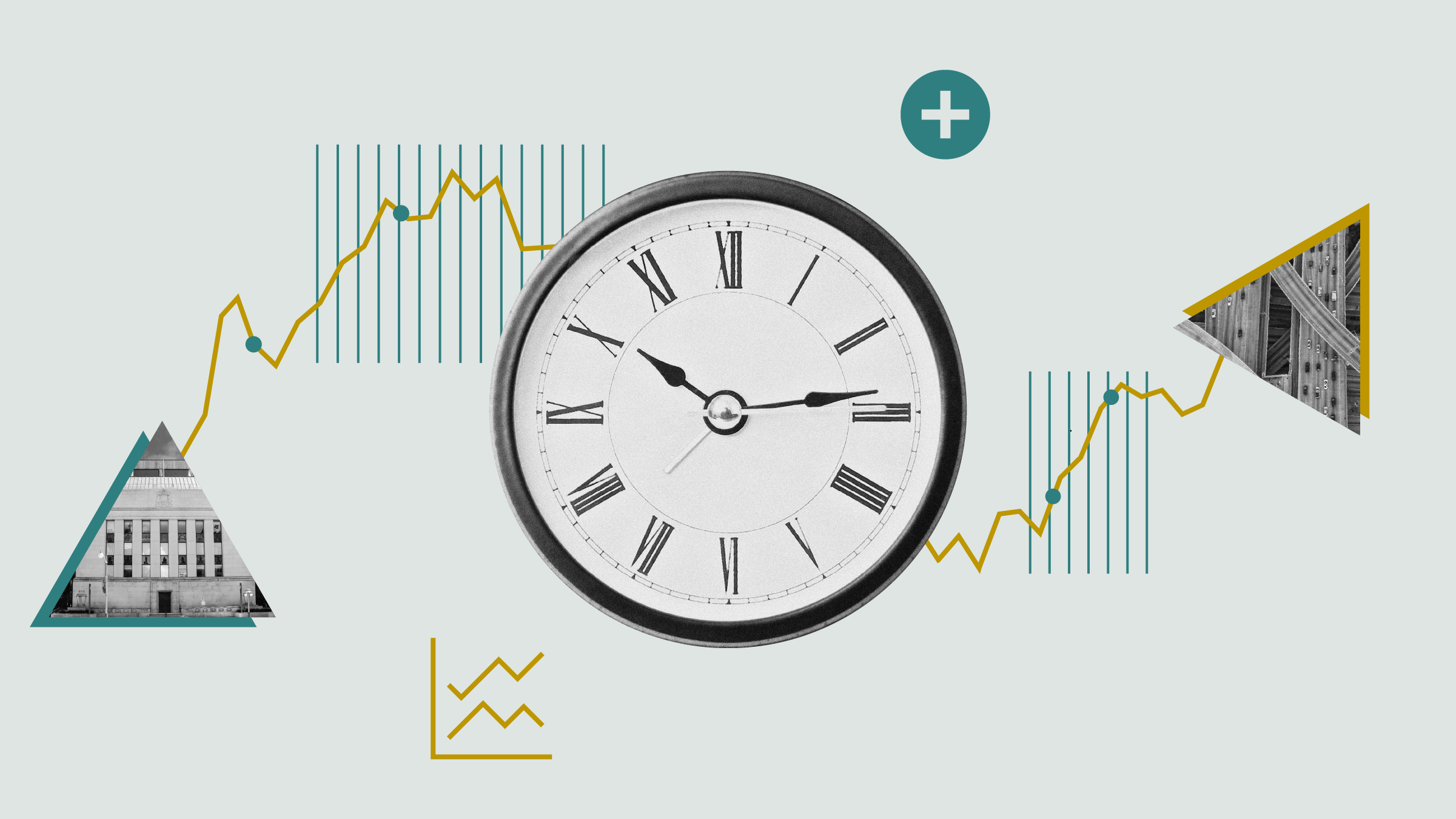Ruth Saldanha: Morningstar recently published our annual Canadian Balanced Fund Landscape Report. Now balanced funds are among the more popular fund types, with close to $750 billion in assets under management. In the past five years, the number of these products has more than doubled. But how have they performed, and how much do fees impact performance? One of the authors of the report, Morningstar Manager Research Analyst, Michael Dobson, is here today to talk about this. Michael, thank you so much for being here today.
Michael Dobson: Thank you for having me.
Saldanha: So, what are some of the main things you found out in this report?
Dobson: Yeah. So, there's a lot of interesting and exciting developments for investors here in Canada. Canadians have traditionally wanted cheaper funds and more global-oriented strategies. And we're seeing firms really respond in kind in terms of cutting costs and product development. And that's really led to better investor outcomes over time.
Saldanha: What are some of the reasons that both the numbers of these funds as well as the assets under management in them have grown so much?
Dobson: Yeah. So, in terms of the product development over time, we're seeing a lot of new entrants into the space in Canada. We're seeing firms offer more strategies to try to get a better, a bigger umbrella in terms of their offering to investors. In terms of assets under management, as you said, we've seen the balanced funds over time – the retail assets grow by about $140 billion. Flows are about $13 billion of that. The rest of it is generally market appreciation. But what I think is important is that one of the fastest-growing segments of this market is the balanced ETFs. This was something that hasn't been around since – that wasn't around in 2016, wasn't around in 2017. It was really in 2018 with the emergence of Vanguard introducing products that were like a fifth of the cost of an actively-traded mutual fund where you've seen a lot of firms respond in kind. They really put the industry on notice. BMO, TD, Fidelity, all these different players, BlackRock, had to respond by offering a very low-cost passive alternative to the actively managed mutual funds that were out there.
Saldanha: Now, in 2022, all of the Morningstar Canadian balanced indexes were negative. What has the performance been like so far in 2023?
Dobson: My colleague in the States, Jason Kephart, did a really good video at the beginning of the year when talking about just what happened last year. And really, the short version is, is that bonds didn't act as the counterweight to equities like it traditionally has. And that was really due to the increase of interest rates. When rates rise, bonds fall in price. And so, for the first time in a while, you had this dynamic where all six of our benchmarks really had negative returns last year. And I took a look through June 13th of this year, year-to-date returns for across all six have been pretty good. They've ranged from 2.5% for the more conservative to 7%. And that was really driven by the strong equity market returns that we've seen so far this year.
Saldanha: Let's now talk about fees. One thing that you found in this report is that the low-cost funds tended to outperform their higher-priced counterparts. What are some of the reasons for this and what does it tell us about why fees are important?
Dobson: Yeah. It's something that Morningstar has really tried to emphasize. Fees are the most consistent detractor from performance over time. So, what we wanted to do was take a look at specifically the Canadian balanced market to see, well, does it pay to pay more for your mutual funds, for your ETFs? And the short answer is no. What's really interesting is that if you take a look at the performance of the most expensive and the least expensive on a gross return basis, so before fees come into play, the returns really aren't different from one another. It's when you tack on that, well, it's 1% more and the MER is 1% more, the cost per year is 1% more, that you see these differences in performance. It really explains most of it. So, it goes back to that point of like paying more for your mutual fund typically, usually isn't a good thing. You're really just falling more and more behind.
Saldanha: Great. Thank you so much for joining us with your perspectives, Michael.
Dobson: Yeah, you're welcome.
Saldanha: For Morningstar, I'm Ruth Saldanha.




















